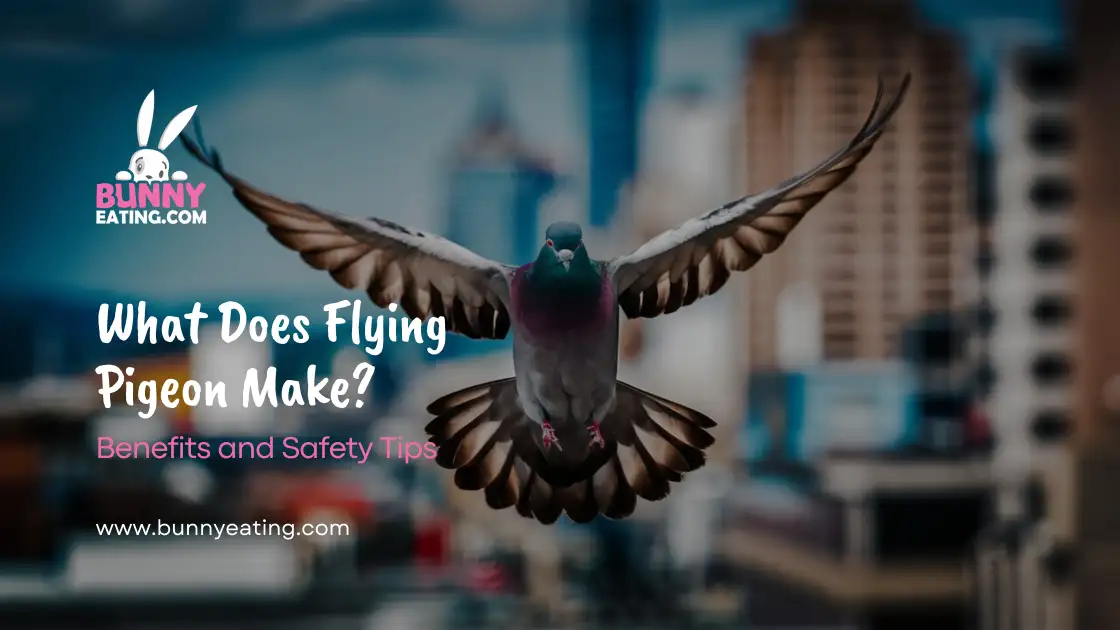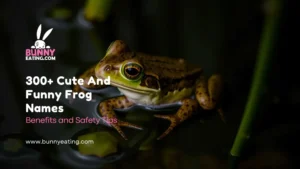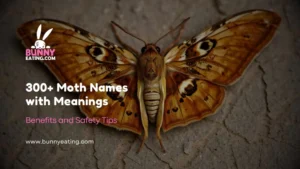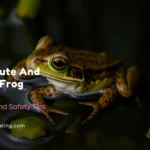Understanding Pigeon Flight
Pigeon Flight Mechanics
The pigeons as warned aviators, due to their unique wing structure and great flight muscles. The wings are light in weight with hollow bones and strong feathers which enable them to move smoothly in the air. The speed of their wing flapping is provided by large pectoral muscles that help them remain in the air for long distances and perform complicated aerial manoeuvres.
Significance of Flight
Pigeons depend on flight for their defense against predators as well as for migratory movements and daily activities. The winged creatures use their aerial skills to look for food sources, escape from enemies, and find their way back home over long distances. Their flight proficiency is also important to the establishment of social ties between members of colonies because courtship rituals are complicated, while grouping is meant for safety purposes.

Physical Outputs of Flying
Feather Molt
The act of flying has a significant impact on a pigeon’s feathers. The constant use of their wings during flight triggers the moulting process, leading to the production of new, healthier plumage. As the old, worn-out feathers are shed, pigeons grow a fresh set that is better equipped to handle the demands of airborne activities.
Energy Expenditure
Flapping their wings continuously requires a substantial amount of energy from pigeons. Their flight influences their metabolism and overall energy consumption, as they need to consume more food to fuel the physical demands of their aerial adventures. This elevated energy expenditure is a testament to the impressive physiological capabilities of these winged wonders.
Behavioural Changes Due to Flight
Navigation Skills
Pigeons are renowned for their exceptional homing and navigation abilities, which are further enhanced by their proficiency in flight. Their airborne experiences sharpen their instincts, allowing them to travel with remarkable precision and find their way back to their nests with ease, even over vast distances.
Social Interactions
The ability to fly also shapes the social dynamics of pigeons. Their aerial manoeuvres, such as flocking and mating displays, contribute to their interactions and communication within their communities. Pigeons use their flight to establish dominance hierarchies, attract mates, and coordinate group movements, demonstrating the profound impact of their winged prowess on their social behaviours.
Environmental Impact
Seed Dispersal
As pigeons soar through the sky, they inadvertently contribute to the spread of seeds. Their flight patterns and droppings facilitate the dispersal of plant life, playing a crucial role in ecosystem maintenance. This seed-spreading activity helps to propagate a wide variety of plant species, ensuring the continued health and diversity of natural habitats.
Nutrient Cycling
Pigeon droppings, often scattered during flight, also contribute to the nutrient-cycling process in the environment. These airborne excretions provide a valuable source of nutrients, such as nitrogen and phosphorus, which help to enrich the soil and support the growth of vegetation. This nutrient cycling process is essential for maintaining the overall productivity and balance of ecosystems.
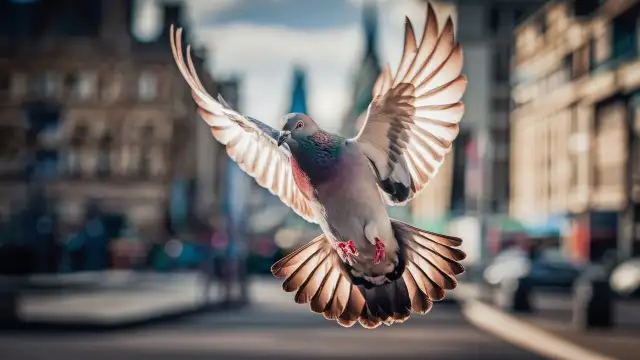
Cultural and Economic Significance
Racing Pigeons
Pigeon flying is so unique that it resulted in a viable sports establishment with great economic implications known as pigeon racing. People from far and wide take part in these competitions with high stakes to show off their capabilities. A testament to how human beings have always been attracted towards this graceful style of movement among birds can be seen through cultural as well as monetary implications that come along with the sport called pigeon racing.
Symbolism in Art and Literature
Since ancient times, the graceful flight of pigeons has continued to amaze mankind, making them important symbols in various art forms and literature. From ancient myths to modern artistic representations, pigeons have represented peace, love and hope which shows the cultural value these birds have held among different cultures.
Conclusion
Understanding What Does Flying Pigeon Make? helps us appreciate these birds more. The soft cooing sound is not just a noise; it’s a special way pigeons talk to each other. When pigeons fly, they use this sound to stay connected. This sound can make people feel calm and close to nature.
Pigeons, we observe the little things pigeons do. Sensing this makes us respect and take care of them well. Pigeons have their languages and their sounds make our world livelier. This knowledge makes us notice the beauty in everything even if it is a pigeon flying.
FAQs
What are high-flying pigeons used for?
High-flying pigeons are often used in competitive events like pigeon racing and aerial displays. They are bred for their endurance and ability to stay aloft for long periods. Some people also keep them for their impressive flying skills and beauty.
Why do pigeons make sounds when flying?
Pigeons make sounds when flying to communicate with other pigeons. The sound, produced by wing flapping and cooing, helps them stay in contact and navigate during flight. It’s a way for them to express themselves and maintain social bonds.
What are flying pigeons?
Flying pigeons refers to pigeons that are in flight, either for migration, training, or recreational activities. These birds are often admired for their grace and agility while airborne. The term can also describe pigeons used in flying competitions.
How to make a pigeon fly?
To make a pigeon fly, start by ensuring it is healthy and has ample space. Gently encourage it to leave its perch by creating a positive environment. Regular training and exercise help improve its flying skills and stamina.
